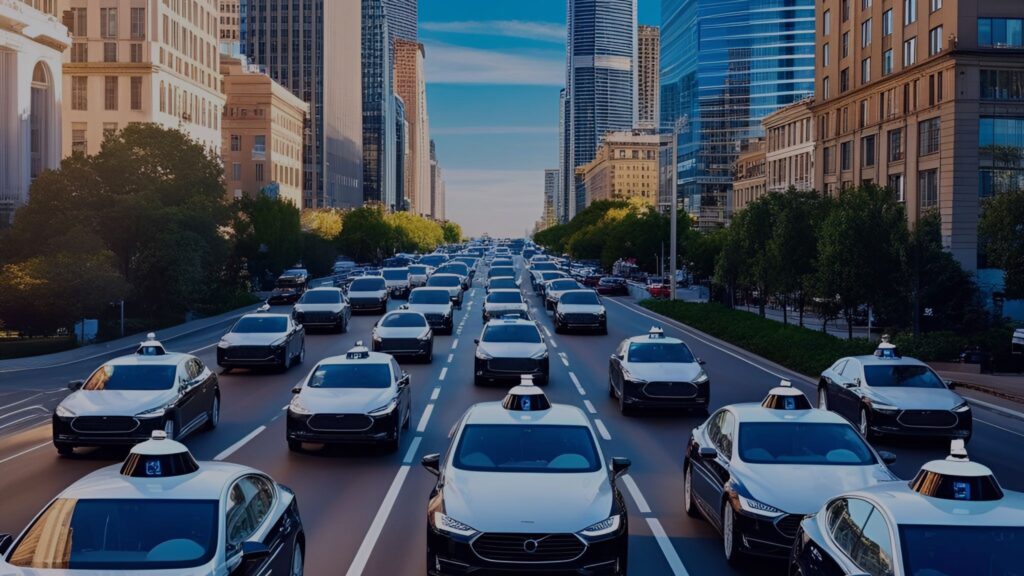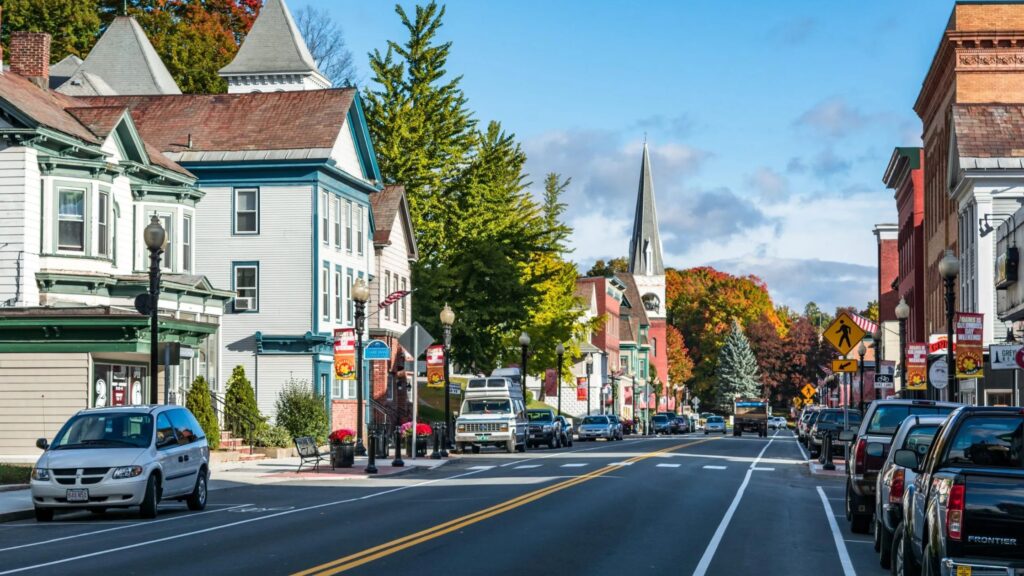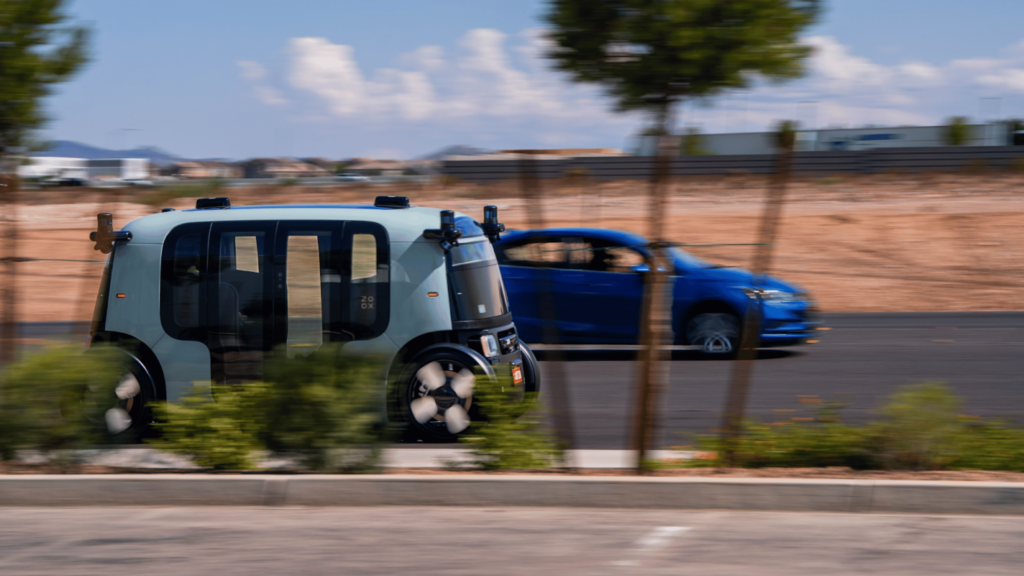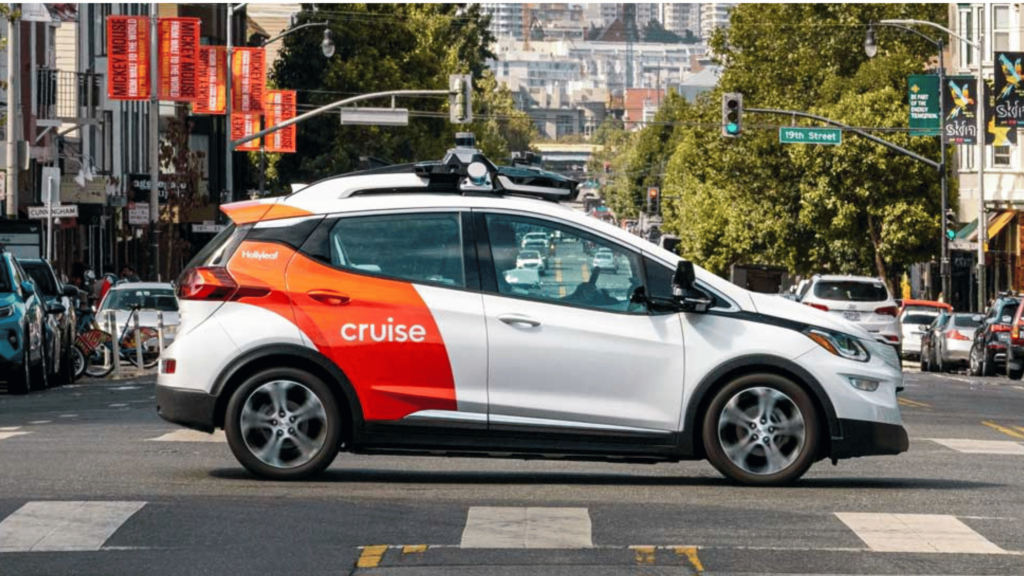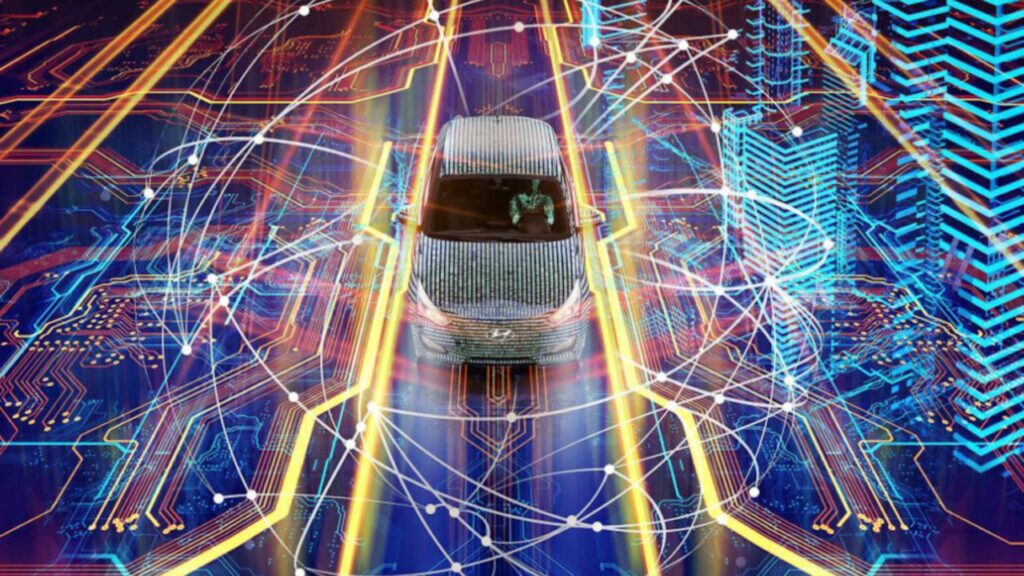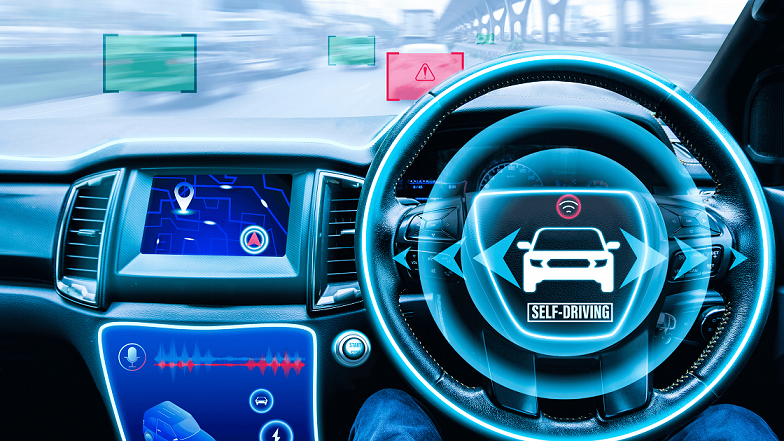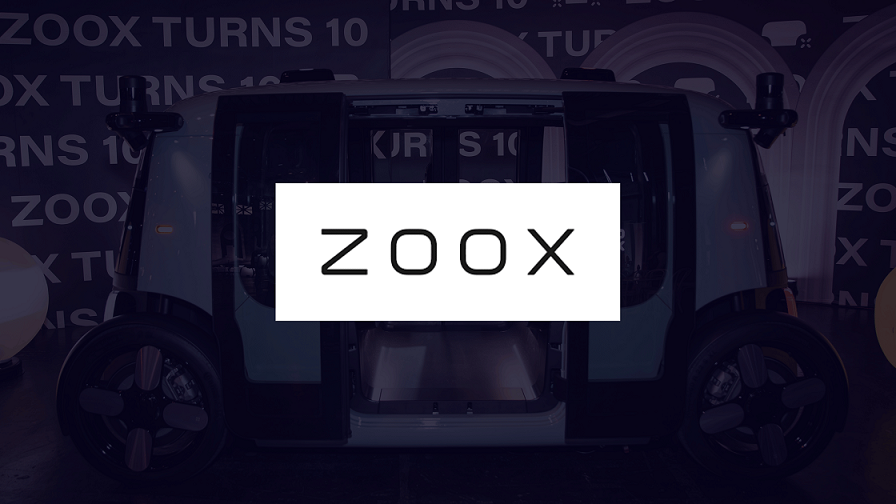Table of Contents
Introduction
The promise of autonomous vehicles (AVs)—cars that drive themselves using advanced sensors, artificial intelligence, and machine learning—has captivated the world, offering visions of safer roads, reduced traffic congestion, and enhanced mobility. South Carolina, with its sprawling rural landscapes, bustling urban centers like Charleston and Columbia, and a strategic position as a logistics hub, stands at a unique crossroads in this technological revolution. As of April 2025, the state has yet to see widespread AV deployment, but its potential is undeniable. The road to autonomous driving in South Carolina is currently fraught with challenges—legal ambiguities, infrastructure gaps, and public skepticism—tempered by promising prospects tied to economic growth and safety improvements.
This article explores the state’s journey toward embracing self-driving technology, dissecting the hurdles and opportunities that lie ahead.
South Carolina’s Current AV Landscape
South Carolina’s engagement with AVs remains nascent but not invisible. Unlike California, where Waymo’s robotaxis ferry passengers through San Francisco, or Texas, where Aurora plans a driverless trucking launch in April 2025, South Carolina has no major AV testing zones or commercial deployments as of early 2025. The state’s legislative framework reflects this slow start. According to the National Conference of State Legislatures (NCSL), only one AV-related law exists in South Carolina as of 2023: a 2017 statute allowing truck platooning—where vehicles travel closely together under electronic coordination—without specific mandates for full autonomy. This limited regulation contrasts with 29 states plus Washington, D.C., which have enacted broader AV laws by 2024 (NCSL).
Yet, there are glimmers of activity. Clemson University’s International Center for Automotive Research (CU-ICAR) in Greenville has long been a hub for automotive innovation, collaborating with industry giants like BMW, which operates a major plant in Spartanburg. CU-ICAR’s research into connected vehicle systems hints at a foundation for future AV testing. Meanwhile, evidence from local news suggests companies like Volvo (with a Ridgeville facility) may be exploring AV integration in controlled settings, though no public trials have been confirmed by April 2025.

South Carolina: A Major U.S. Tourism Hub
South Carolina has long been a cornerstone of American tourism, drawing millions of visitors annually with its blend of historical charm, natural beauty, and coastal allure. In 2023, the state welcomed 33.2 million visitors, generating $29 billion in economic impact and supporting over 215,000 jobs—approximately 10% of its workforce—according to the South Carolina Department of Parks, Recreation & Tourism (SCPRT). This ranks South Carolina among the top 20 U.S. states for tourism revenue, a testament to its appeal as a year-round destination.
However, this influx comes with challenges. Charleston’s narrow streets clog with traffic, Myrtle Beach’s seasonal surges overwhelm parking, and rural sites like Hilton Head Island lack efficient transit options. These pain points—congestion, parking scarcity, and accessibility—threaten South Carolina’s tourism edge, particularly as visitor numbers rebound post-pandemic, up 5% from 2022, according to SCPRT.
How Autonomous Vehicles Could Boost South Carolina’s Tourism
The adoption of autonomous vehicles offers South Carolina a transformative opportunity to address these tourism-related challenges while enhancing its appeal. By integrating AVs into its transportation ecosystem, the state could streamline visitor movement, reduce environmental strain, and elevate the overall experience—potentially amplifying its $29 billion tourism economy.
For example, Charleston’s historic district, with its 300,000 residents and 7.5 million annual visitors squeezed into a 5-square-mile peninsula, faces chronic gridlock. A 2022 study by INRIX ranked Charleston 47th among U.S. cities for traffic congestion, with drivers losing 62 hours annually to delays. Autonomous shuttles, like those deployed by May Mobility in Peachtree Corners, Georgia, or those deployed by Beep in The Villages, Florida, could alleviate this.
Driverless shuttle vans can ferry tourists from Charleston International Airport to King Street or Rainbow Row, reducing the 30,000 daily vehicle trips downtown (City of Charleston estimate). With AVs’ ability to optimize routes and platoon efficiently, congestion could drop by up to 20%, per a 2023 McKinsey report on urban AV impacts.
Also, Myrtle Beach’s 60-mile Grand Strand sees parking lots overflow during peak summer months, with 17 million visitors vying for spaces near its over 1,800 restaurants and 425 golf courses. Autonomous vehicles could eliminate this headache. For example, Tesla’s Cybercab, slated for 2026 with wireless charging, exemplifies a model where AVs drop off passengers at the boardwalk and recharge autonomously—no parking needed. A 2024 AAA survey found 68% of U.S. travelers cite parking as a top vacation stressor; AVs could turn Myrtle Beach into a seamless, car-free experience, boosting visitor satisfaction and dwell time.

Tourism thrives after dark—Charleston’s ghost tours and Myrtle Beach’s nightlife draw crowds—but drunk driving remains a concern, with South Carolina reporting 355 alcohol-related traffic deaths in 2022 (NHTSA). AVs promise a safer alternative. Waymo’s 24/7 San Francisco service, operational since August 2024, logs over 200,000 weekly trips with zero at-fault incidents. Deploying autonomous ride-hailing in South Carolina could significantly cut its 1,112 annual road fatalities (NHTSA, 2022) by a great percentage, reassuring tourists and locals alike while extending nightlife revenue, which hit $1.2 billion in Charleston in 2023 (SCPRT).
Challenges on the Palmetto State’s Roads
Legal and Regulatory Uncertainty
South Carolina’s regulatory silence on AVs poses a significant barrier. The state lacks laws governing testing, liability, or operation of fully autonomous vehicles, creating a gray area. For instance, if a driverless car causes an accident on I-26, who is liable—the manufacturer, the operator, or a third-party software provider? Without clear guidelines, companies hesitate to invest. This mirrors a national issue: a 2018 congressional bill (H.R. 3388) aimed to standardize AV rules but stalled in the Senate, leaving states to patchwork their own policies. South Carolina’s inaction contrasts with neighbors like North Carolina, which updated dealer regulations for AVs in 2024.
Infrastructure Deficiencies
AVs rely on well-maintained roads, clear signage, and digital connectivity (V2X)—areas where South Carolina struggles. The state’s rural highways, like U.S. 17 along the coast, often feature faded lane markings or inconsistent signage, confusing the cameras and LiDAR sensors that guide autonomous systems. A 2023 American Society of Civil Engineers (ASCE) report gave South Carolina’s roads a C- grade, noting that 10% of its bridges are structurally deficient. Urban areas fare better, but even in Charleston, potholes and uneven pavement challenge AV navigation. Without significant upgrades—estimated at $1.5 billion annually through 2040 (ASCE)—South Carolina risks lagging in AV readiness.
Public Perception and Safety Concerns
South Carolinians’ trust in AVs remains untested but likely mirrors national skepticism. In South Carolina, where rural roads see higher-than-average fatality rates—1.97 deaths per 100 million miles traveled versus the U.S. average of 1.37 (NHTSA, 2022)—residents may doubt AVs can handle local quirks, like unpredictable deer crossings or sudden storms. A hypothetical example: an AV on S.C. Highway 61 misreading a flooded road could strand passengers, eroding confidence.
Weather and Environmental Factors
The state’s humid subtropical climate adds another layer of complexity. Heavy rain, fog, and hurricanes—common in South Carolina—can obscure sensors. During Hurricane Florence in 2018, flooded roads disrupted even human drivers; for AVs, such conditions could halt operations entirely unless weather-resilient tech, like Aurora’s 2025 advancements, is adapted locally.
Prospects for Autonomous Driving in South Carolina
Economic Opportunities
South Carolina’s logistics sector offers a ripe opportunity for AV adoption. The state ranks 9th nationally for manufacturing employment (U.S. Bureau of Labor Statistics, 2024), with BMW’s Spartanburg plant producing over 400,000 vehicles annually.
Autonomous trucks could streamline supply chains along I-85, a vital corridor linking Charlotte and Atlanta. Kodiak Robotics’ January 2025 sale of driverless trucks to Atlas Energy Solutions in Texas suggests a model South Carolina could emulate, especially in its burgeoning Midlands logistics hubs like Columbia. A McKinsey report predicts freight automation could save $85 billion annually by 2030—savings that could boost the state’s economy if realized.
Safety Improvements
AVs promise to curb South Carolina’s road toll. Human error drives 94% of U.S. crashes (NHTSA), and with 1,112 fatalities in 2022—up 11% from 2020—South Carolina has much to gain. May Mobility’s perfect safety record across 400,000+ rides by March 2025 illustrates how AVs could reduce accidents on roads like U.S. 21, notorious for congestion and collisions. If deployed, AVs might mirror NHTSA’s projection of a 30% crash reduction with widespread adoption.
Urban and Rural Mobility
Charleston’s tourism-driven traffic and rural isolation could both benefit from AVs. Imagine autonomous shuttles ferrying visitors from Charleston International Airport to King Street, easing parking woes—or driverless vans connecting isolated towns like Allendale to medical centers in Augusta, Georgia. May Mobility’s success in suburban Peachtree Corners, Georgia (February 2025), offers a blueprint: its geofenced, driverless service could adapt to South Carolina’s smaller cities, enhancing access where public transit lags.
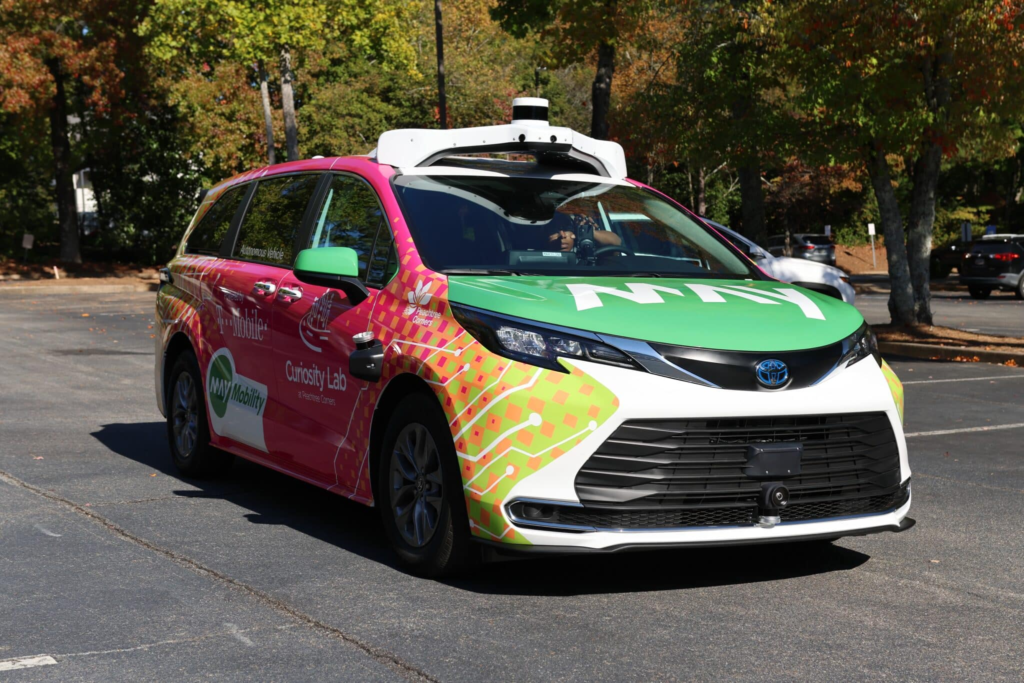
Bridging the Gap: A Path Forward
South Carolina must act decisively to join the AV revolution. First, lawmakers could draft legislation mirroring Kentucky’s 2024 AV rules, requiring $1 million liability insurance and safety plans—a modest start to clarify liability and encourage testing. Second, infrastructure investments, perhaps funded by federal grants like the $94 million DOT allocation in 2023, could modernize roads and install smart sensors along key routes like I-95. Third, public education campaigns, spotlighting successes like May Mobility’s 98% rider satisfaction in Grand Rapids (2024 survey), could build trust. Likewise, Beep’s successes in Florida. CU-ICAR might lead pilot projects, testing AVs in Greenville’s controlled environments before scaling statewide.
Conclusion
The road to autonomous driving in South Carolina is uneven but navigable. Challenges—legal voids, crumbling roads, wary residents, and unpredictable weather—loom large, yet the prospects of economic growth, safer highways, and enhanced mobility beckon. With 1.3 million global road deaths annually (WHO, 2023) and a local fatality rate above the norm, the stakes are high. South Carolina stands to gain from partnering with the likes of May Mobility, Beep, Aurora, Motional, and even Waymo, but only if it invests in policy, infrastructure, and public goodwill.
The state is at a pivotal juncture: embrace the future, or risk being left in the dust of a driverless world.
You May Also Like:

I’m Dr. Brandial Bright, also known as the AVangelist. As a dedicated and passionate researcher in autonomous and electric vehicles (AVs and EVs), my mission is to educate and raise awareness within the automotive industry. As the Founder and Managing Partner of Fifth Level Consulting, I promote the adoption and innovation of advanced vehicle technologies through speaking engagements, consulting, and research as we progress to level 5 fully autonomous vehicles.

